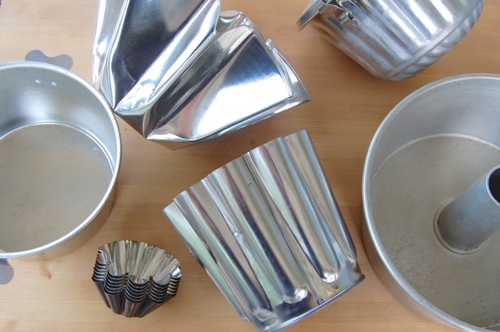I think of the whipping method as “European” and I don’t think that’s an inaccurate assessment, since you only tend to come across it when making spongecakes like génoise, joconde, ladyfingers or specialty cakes like rehrücken. I can’t think of any common uses for the whipping method here in the States, except perhaps for flourless chocolate cake. Essentially, the whipping method is how European bakers create very light cake layers in the absence of chemical leaveners.
You need a lot of eggs — plus plenty of sugar, which helps create a thick syrup that keeps the egg foam from collapsing. The neat thing about the whipping method is that it gives lie to the myth that egg foams can only be created with whites. Twaddle. Indeed in most instances where the whipping method is employed you’re whipping either whole eggs or egg yolks plus sugar. Egg whites plus sugar are a rarity in the whipping method universe because, well, then you’d have a meringue, would you not?
READ ON






